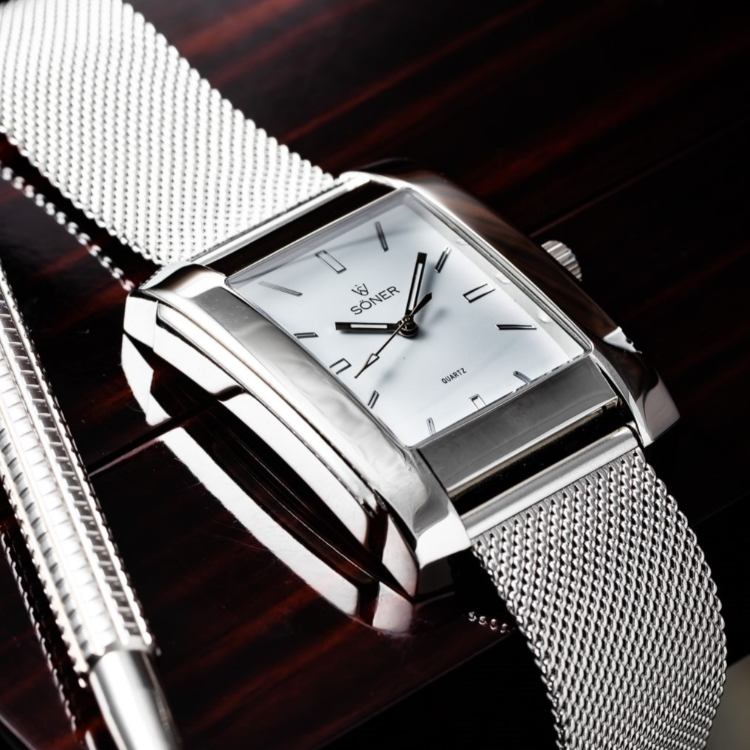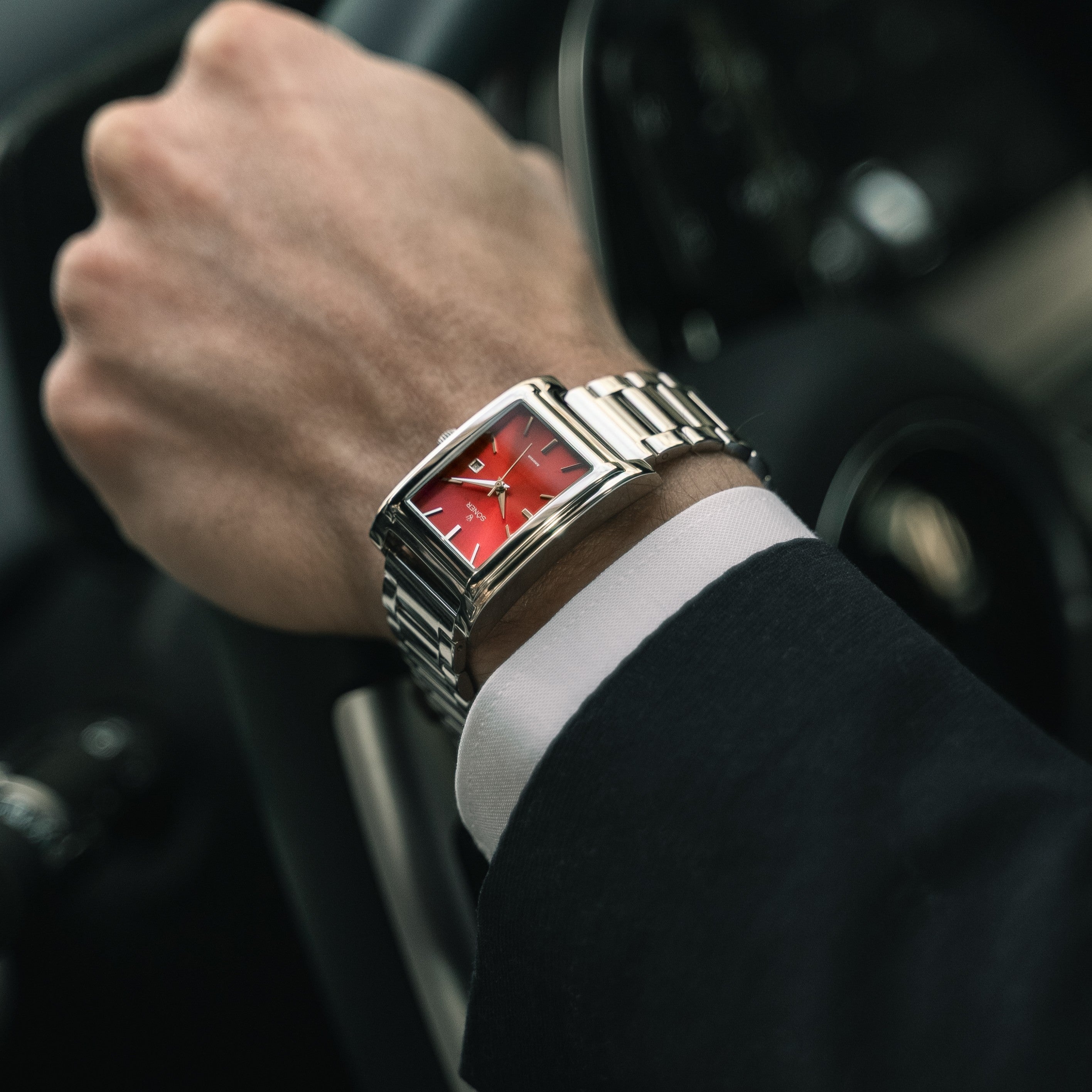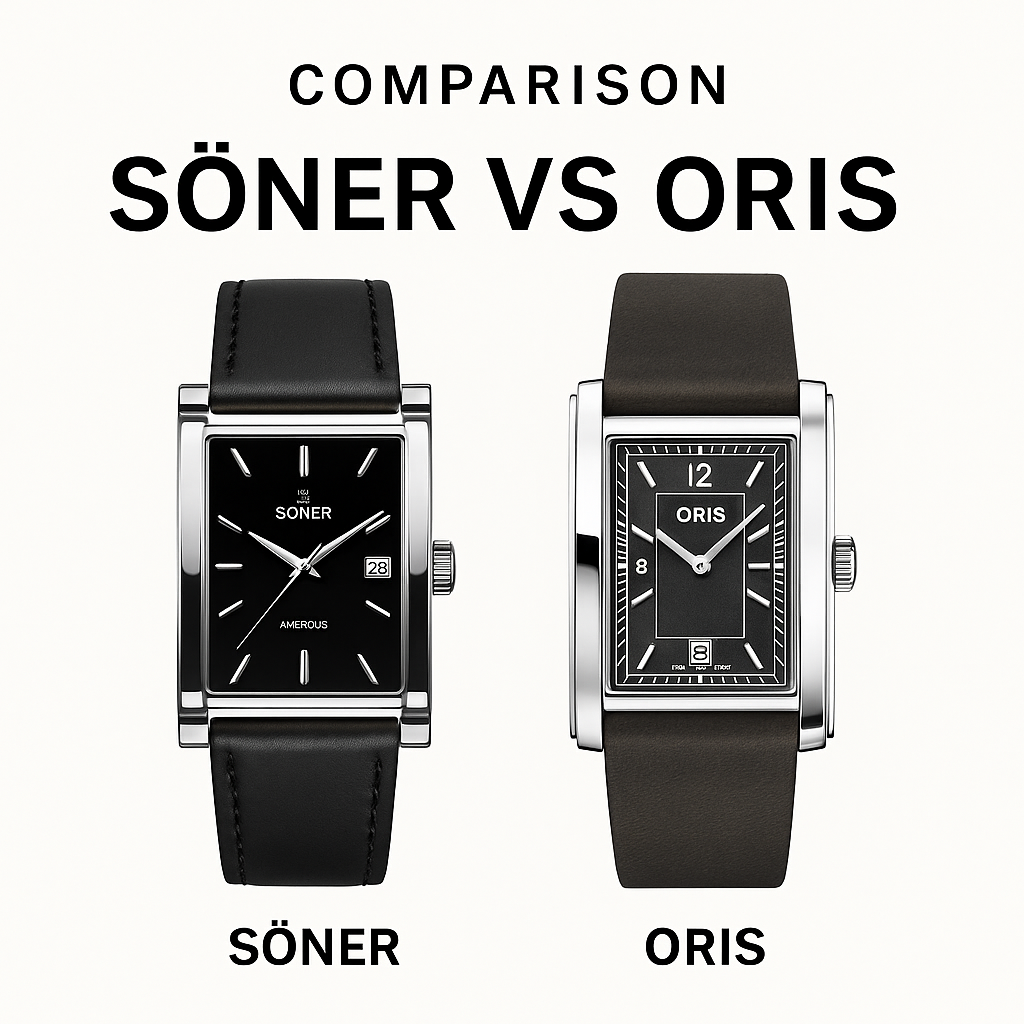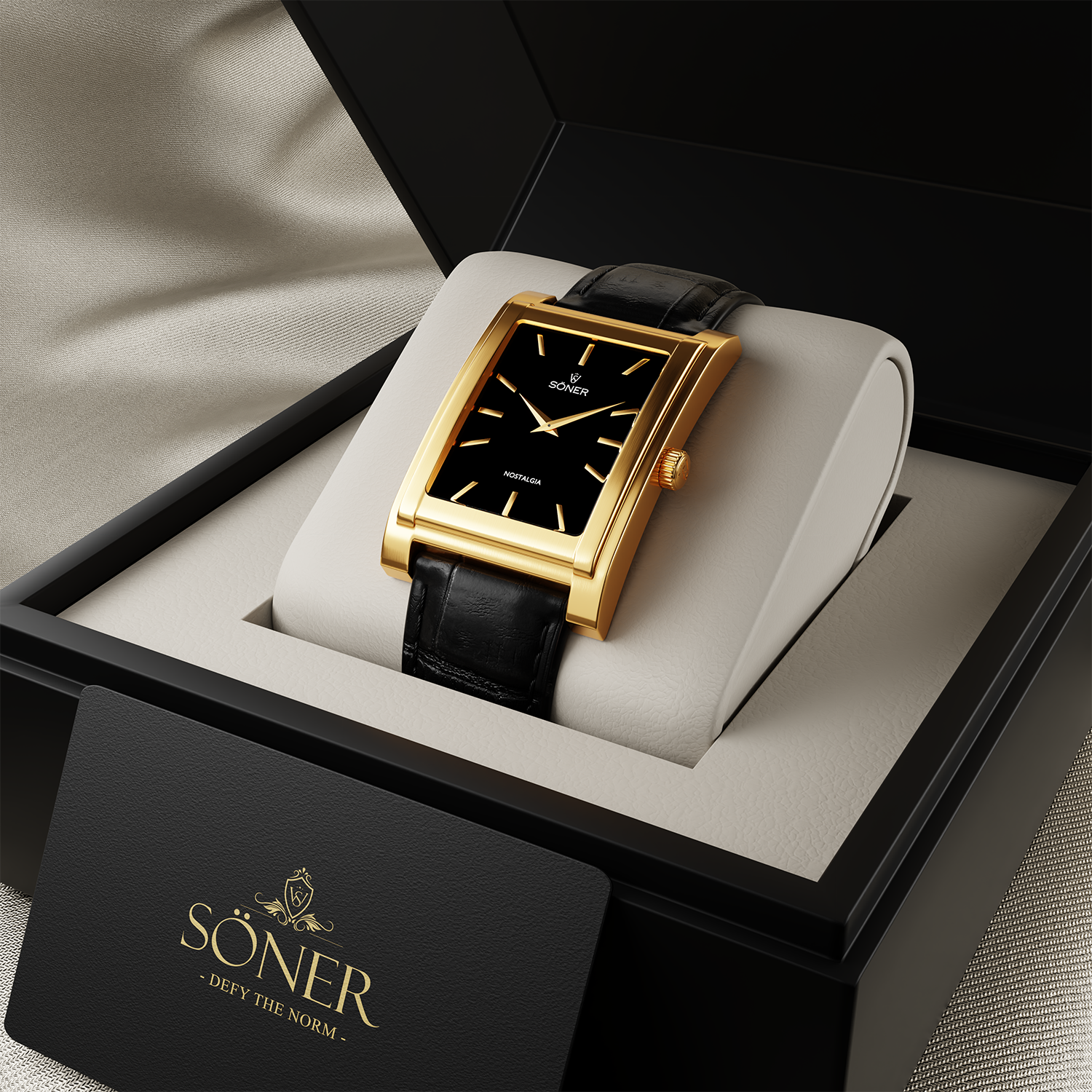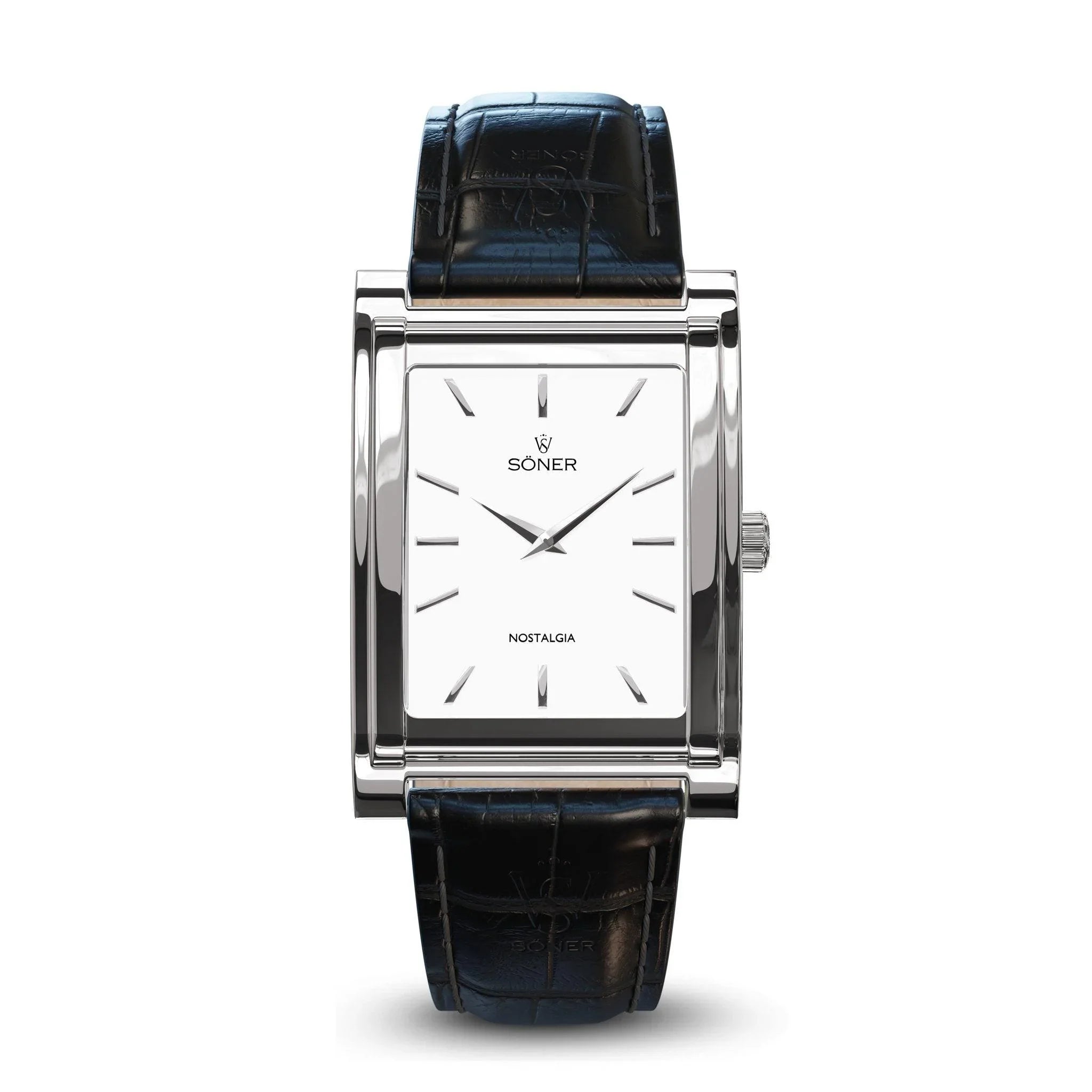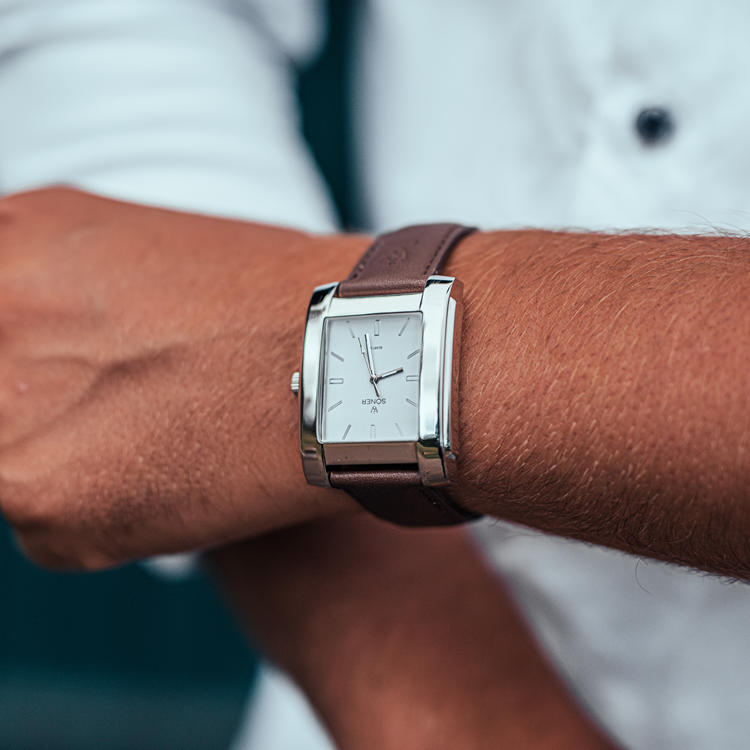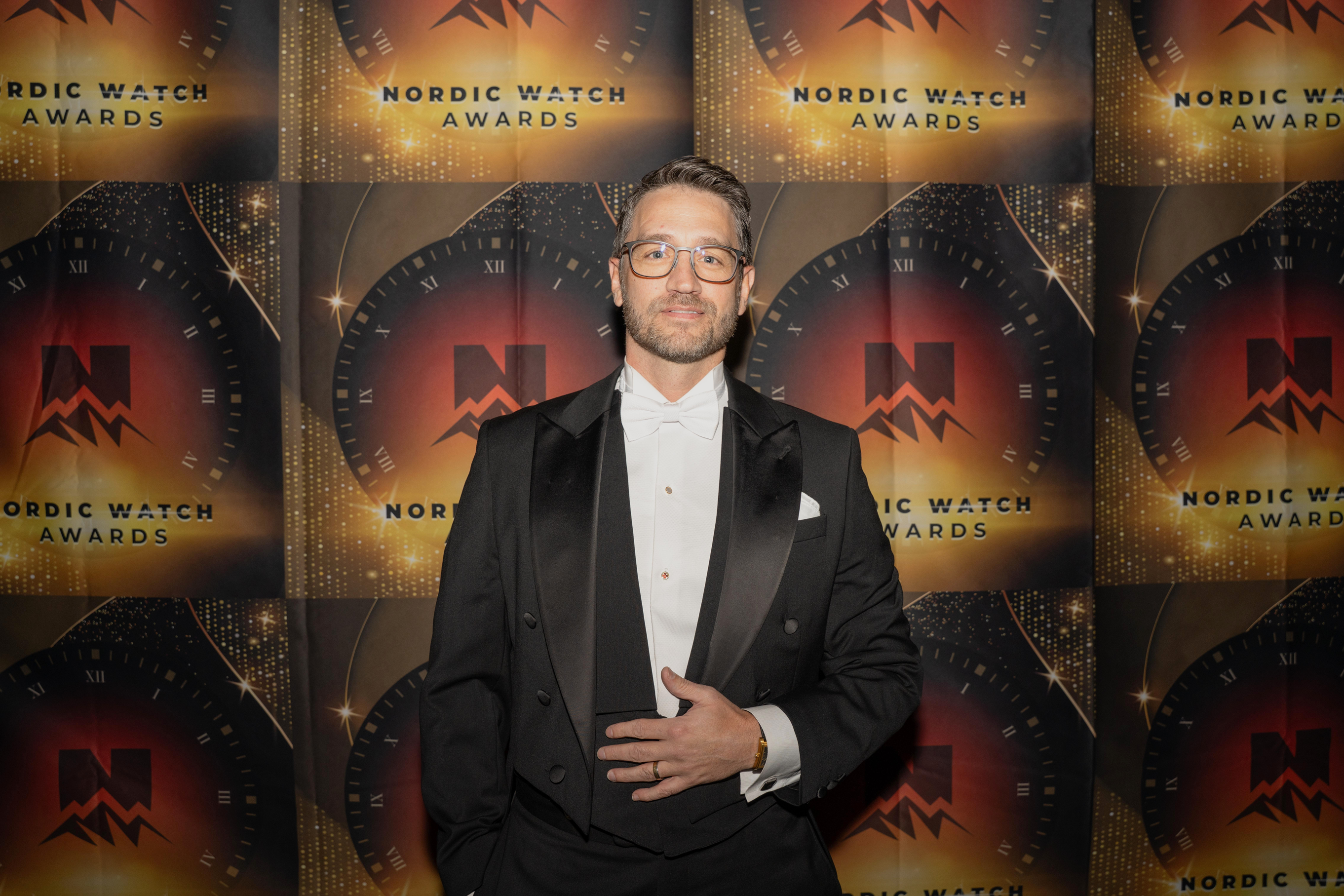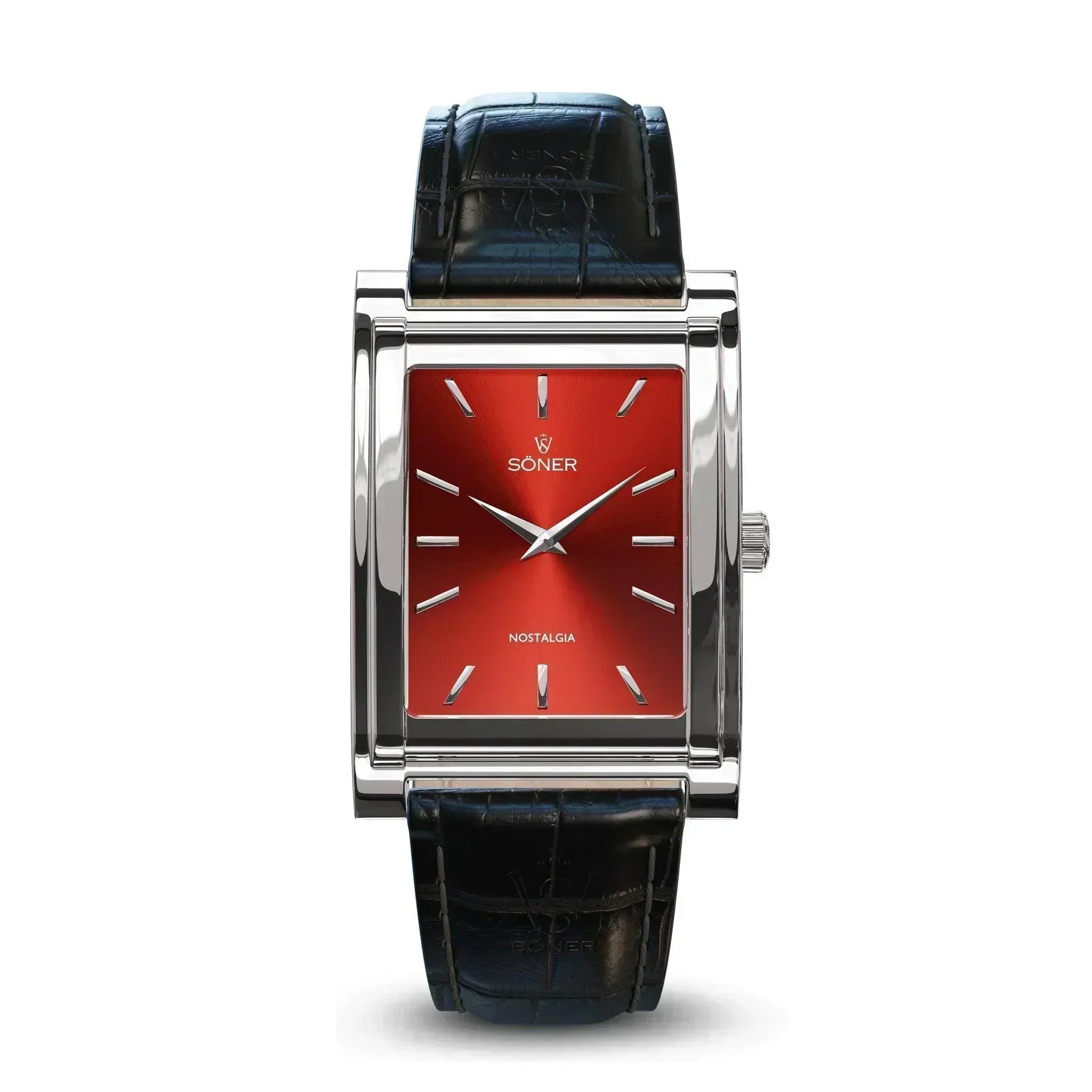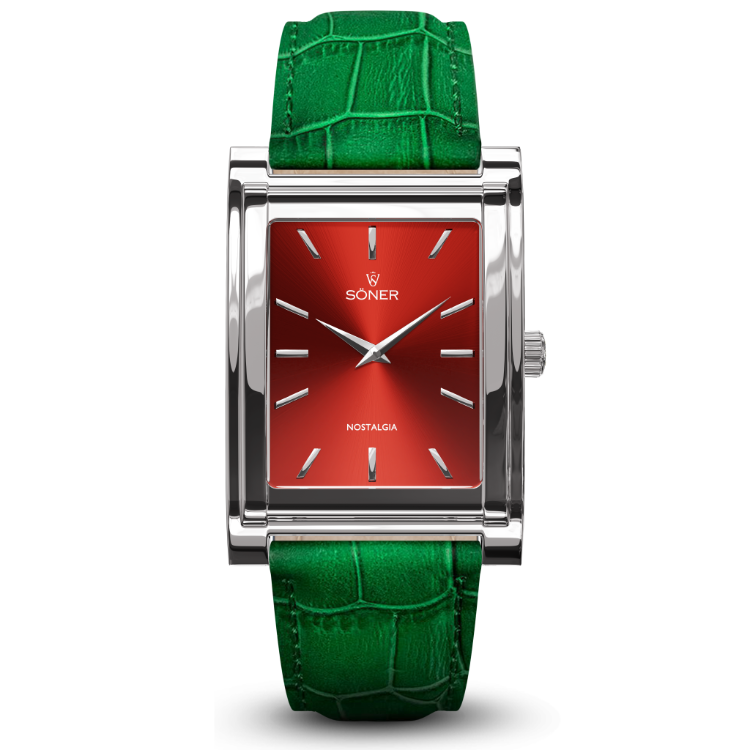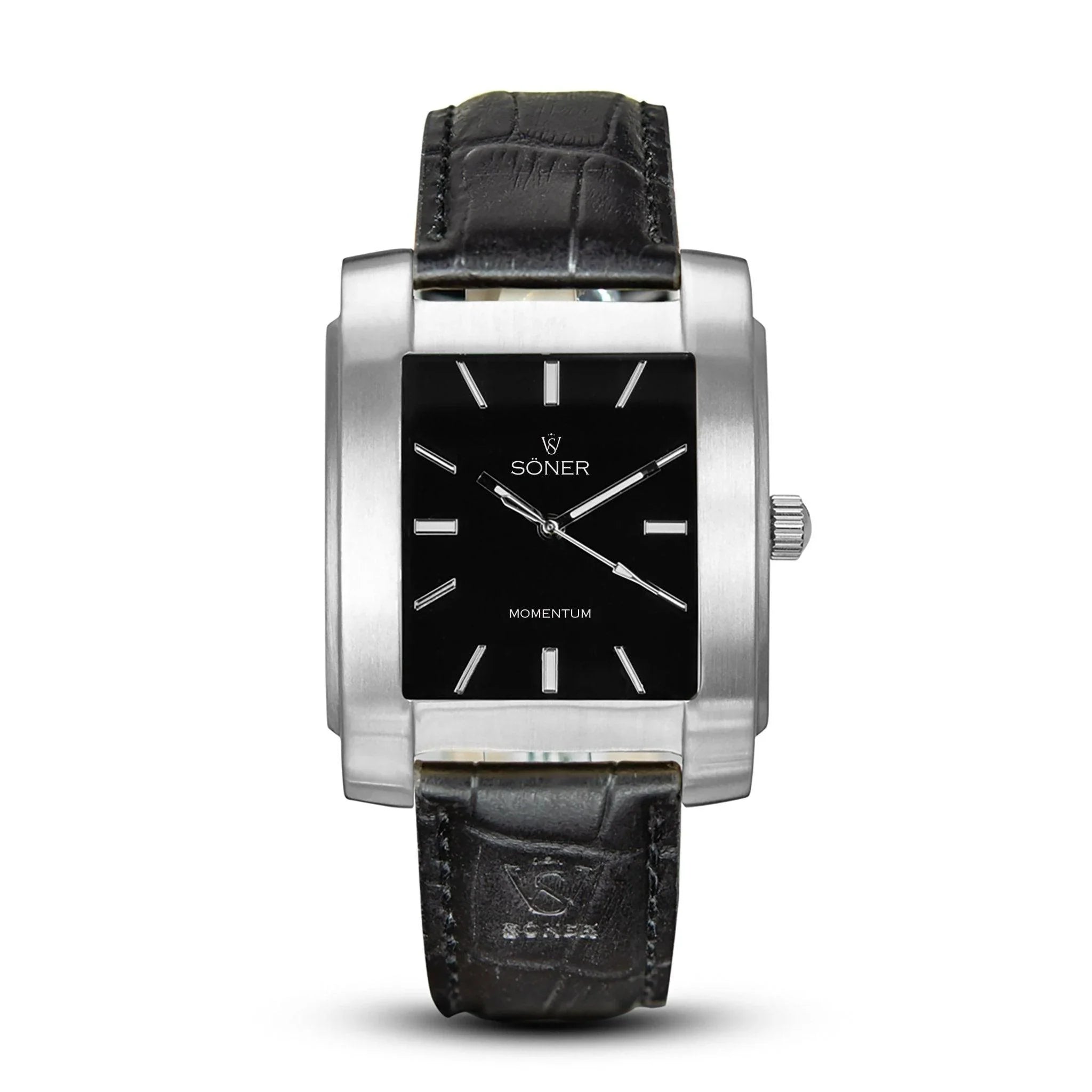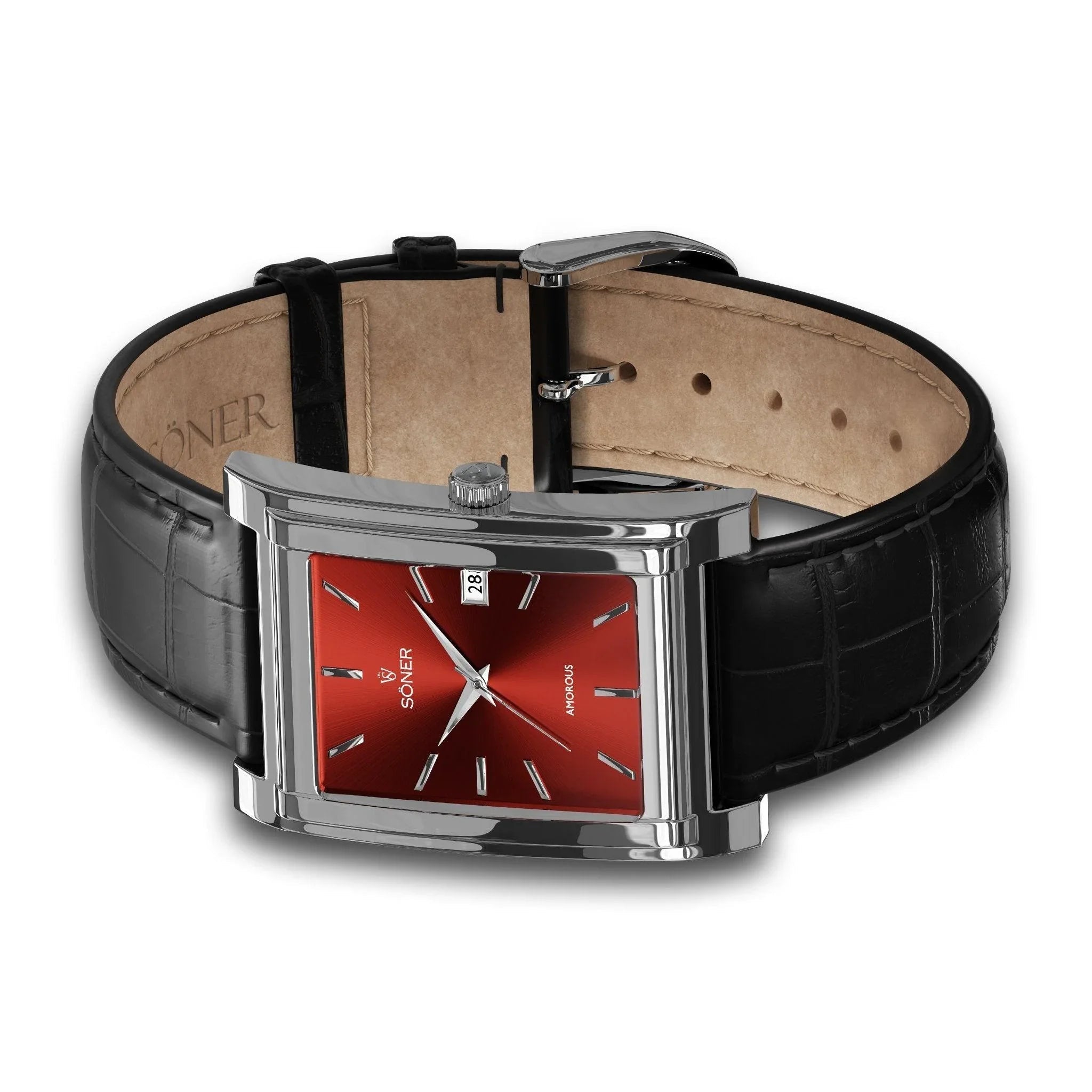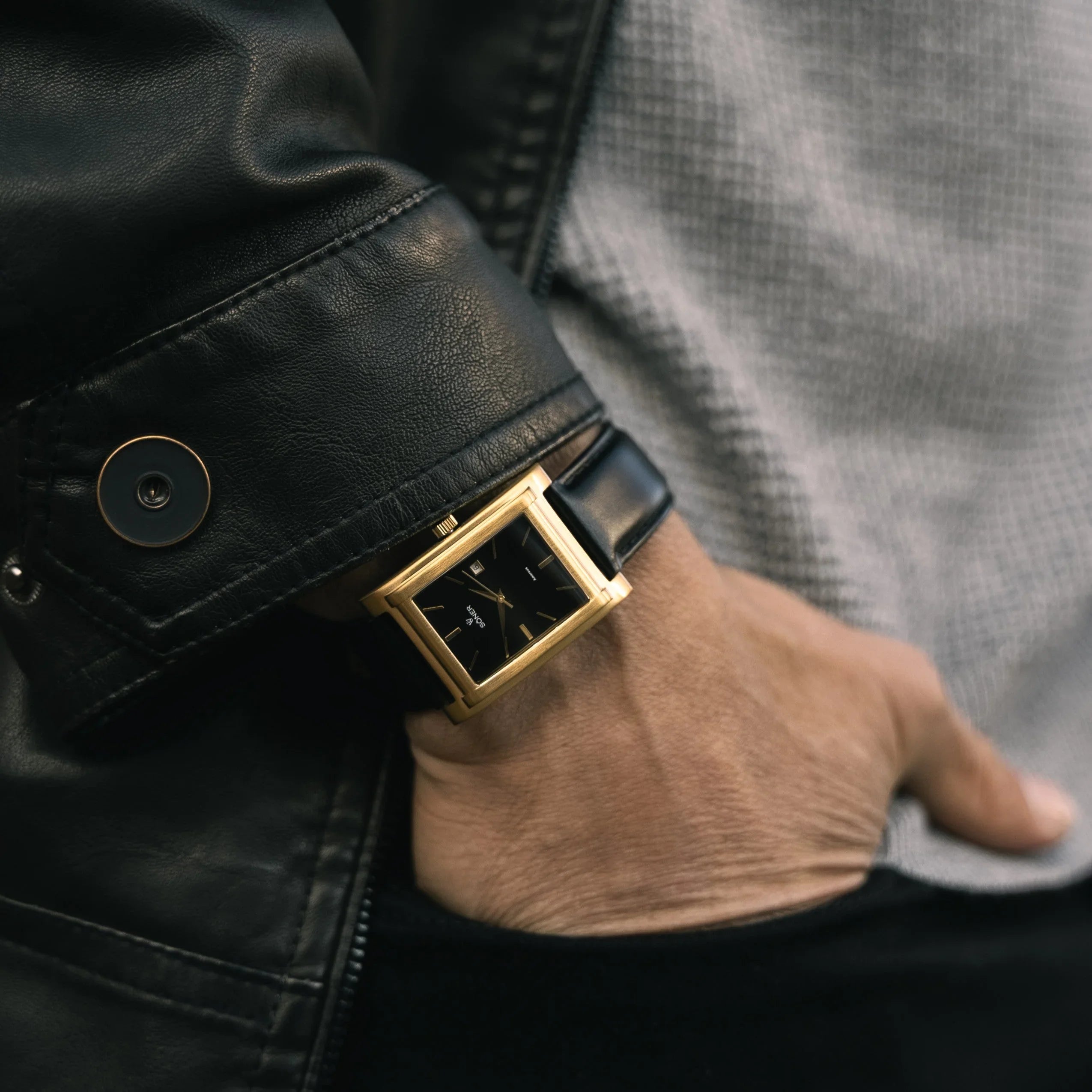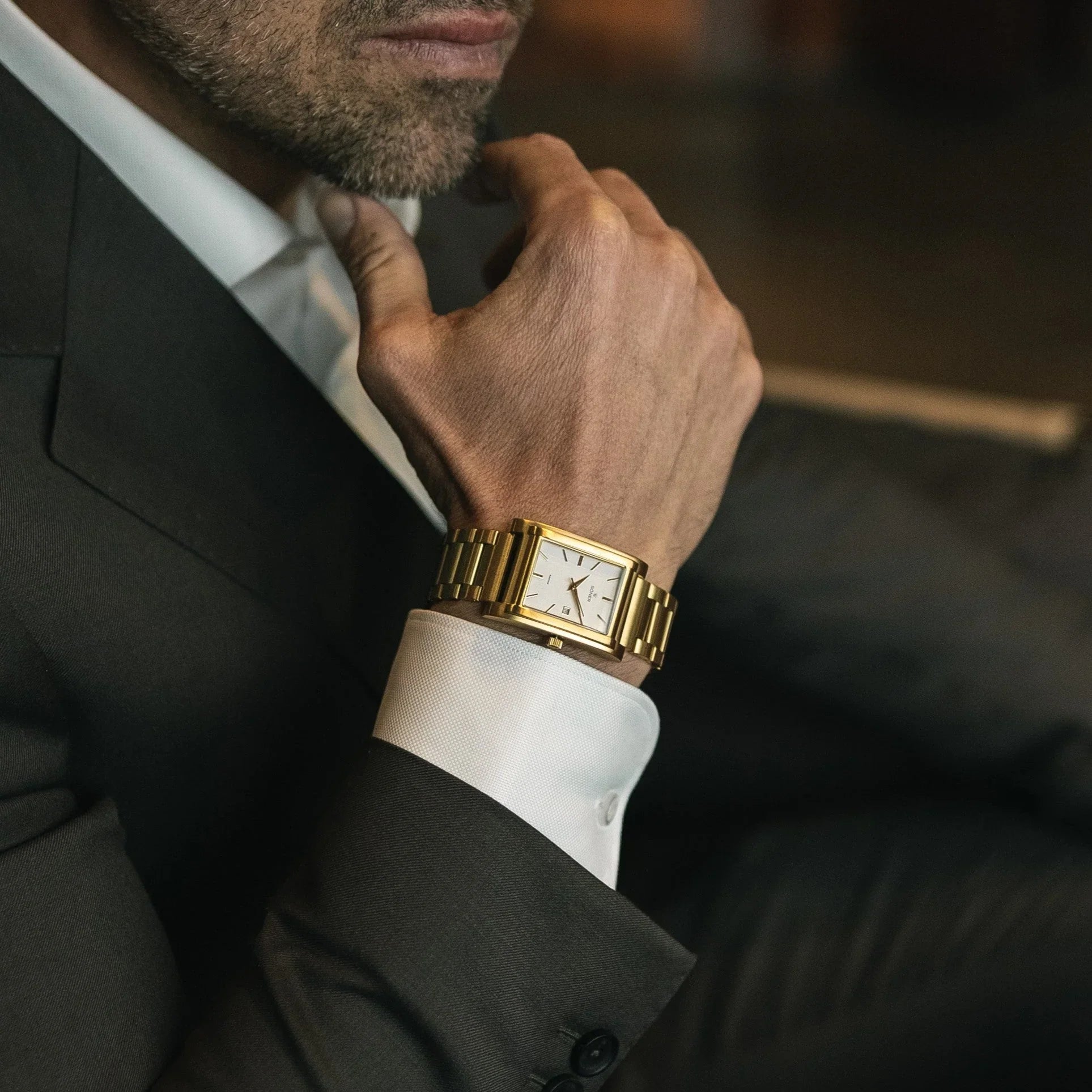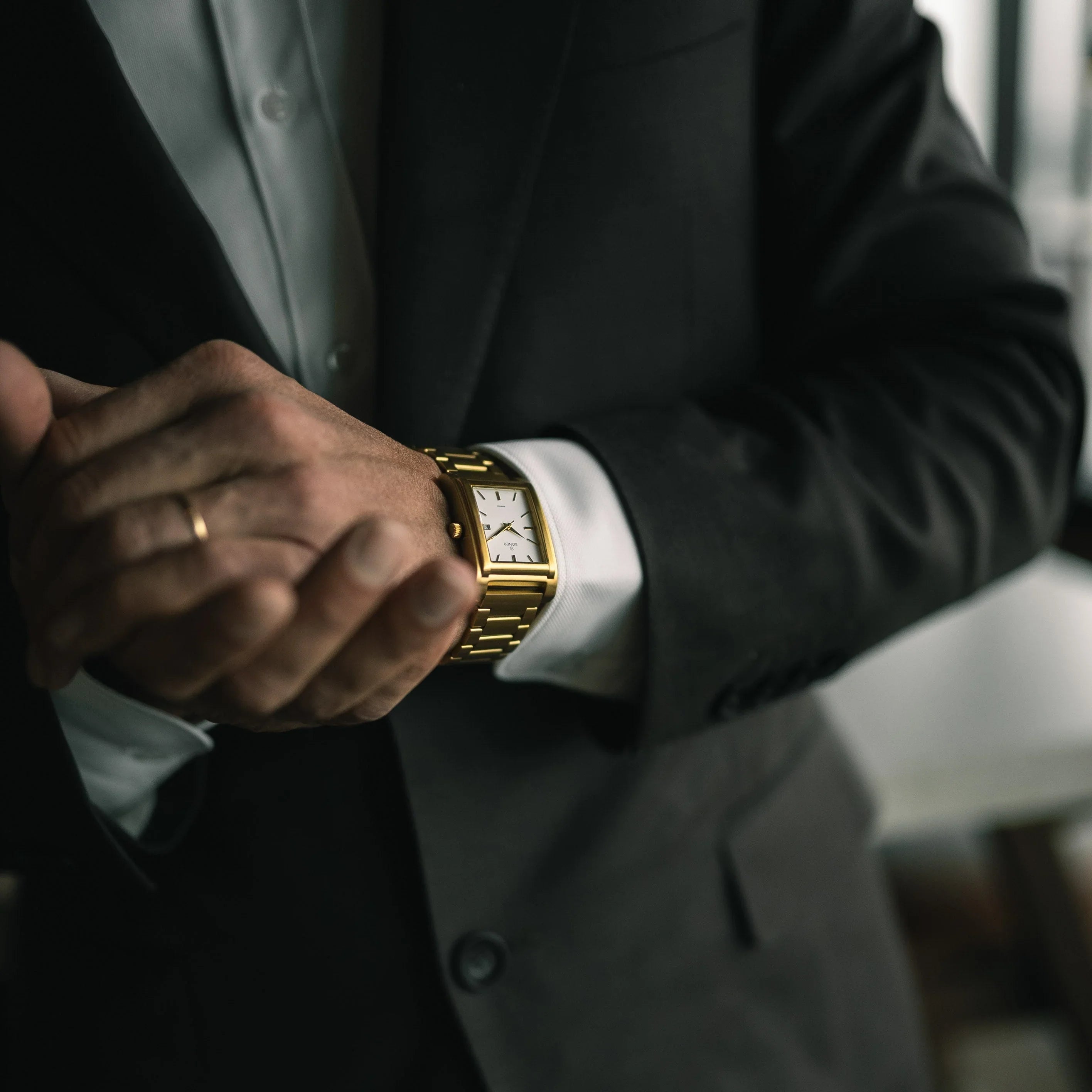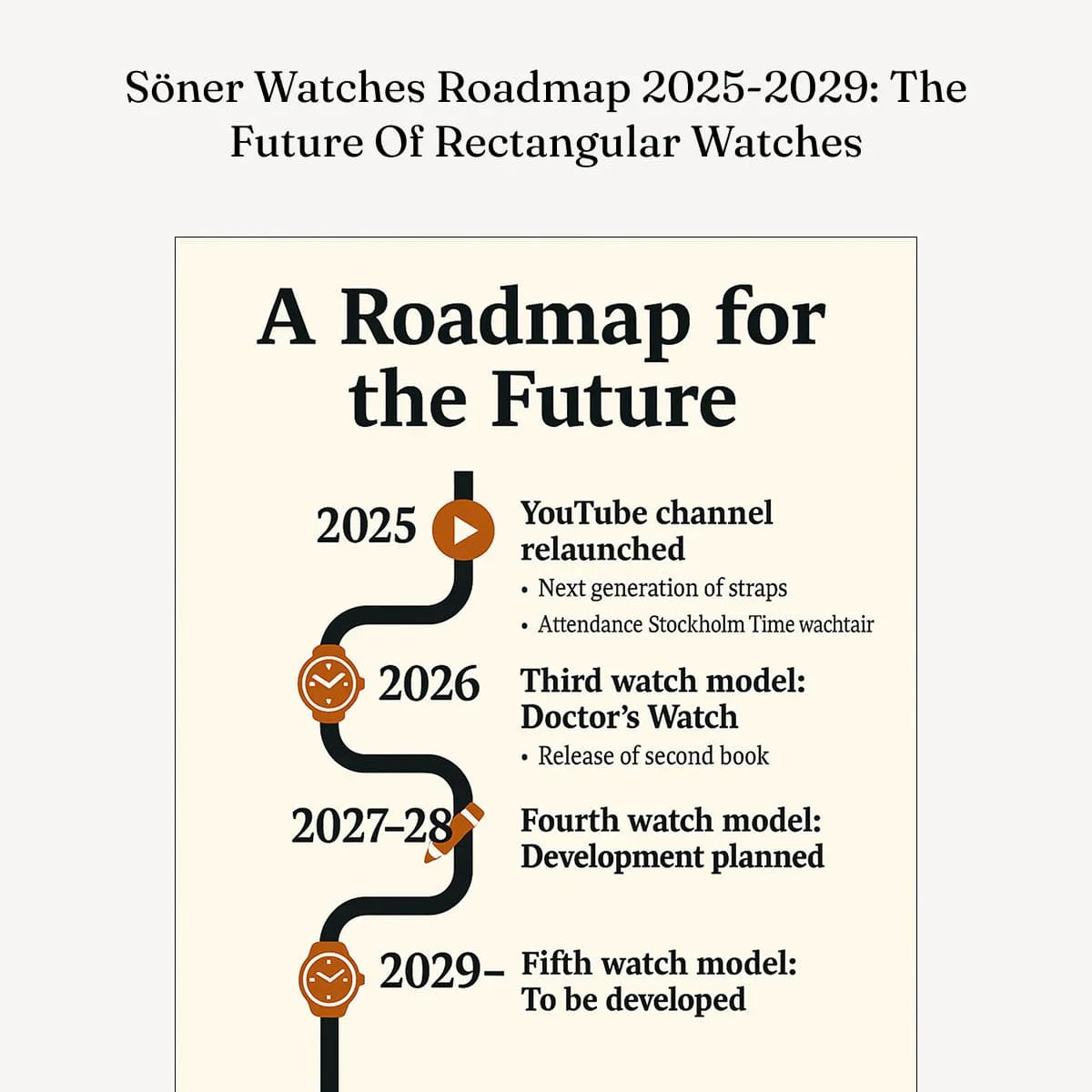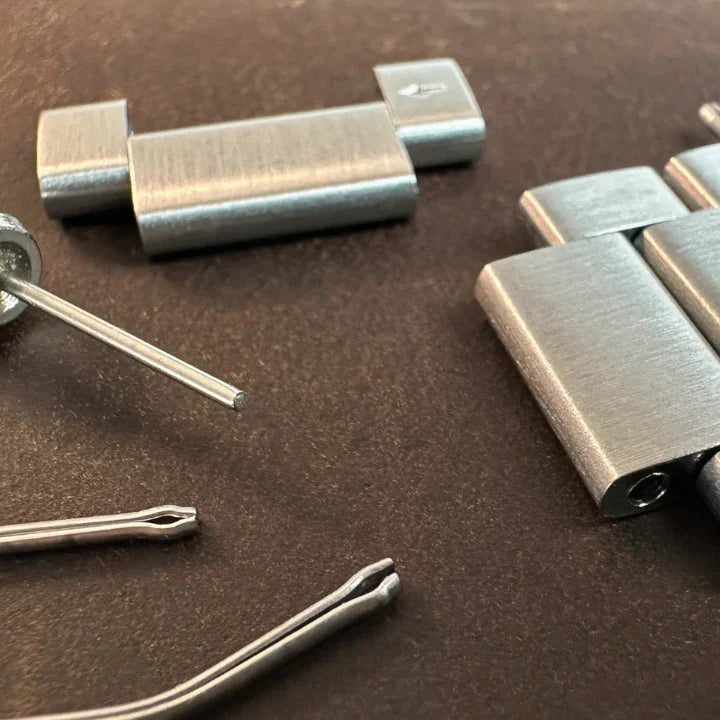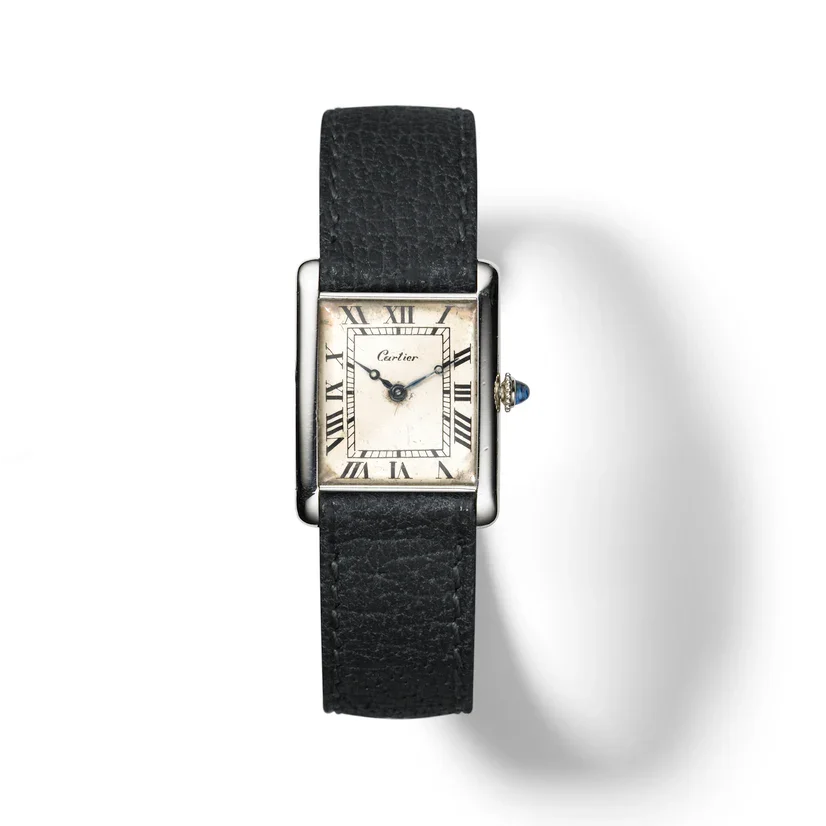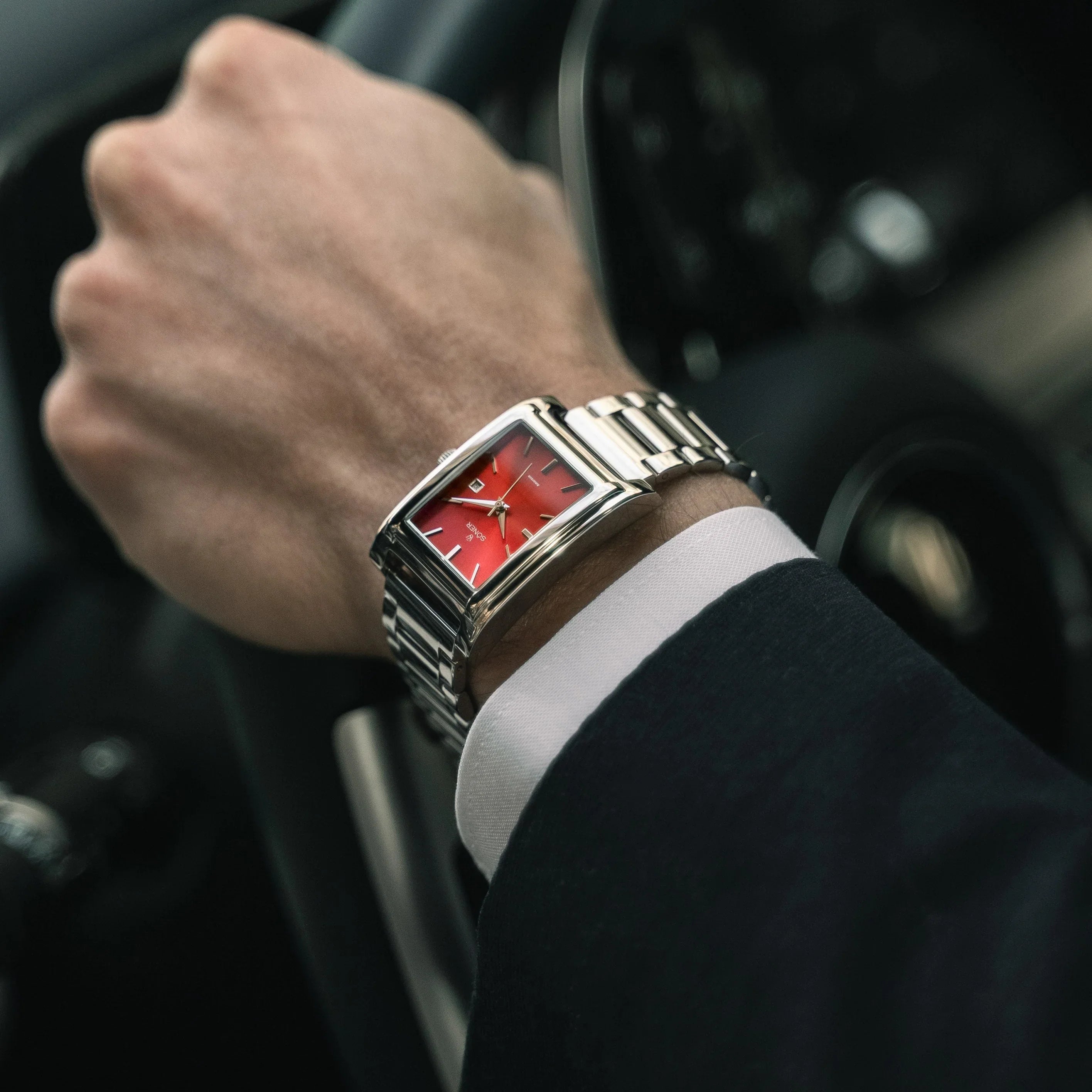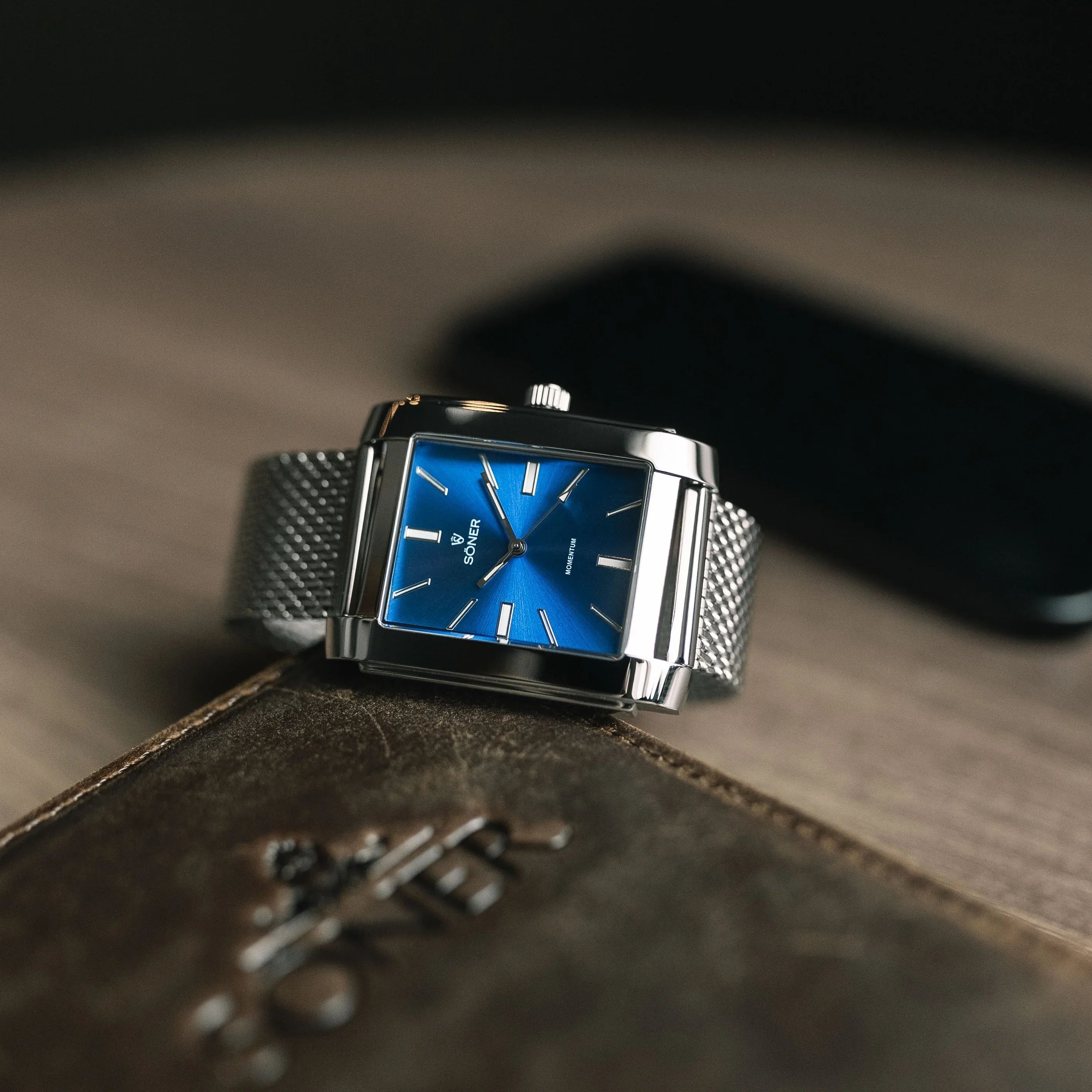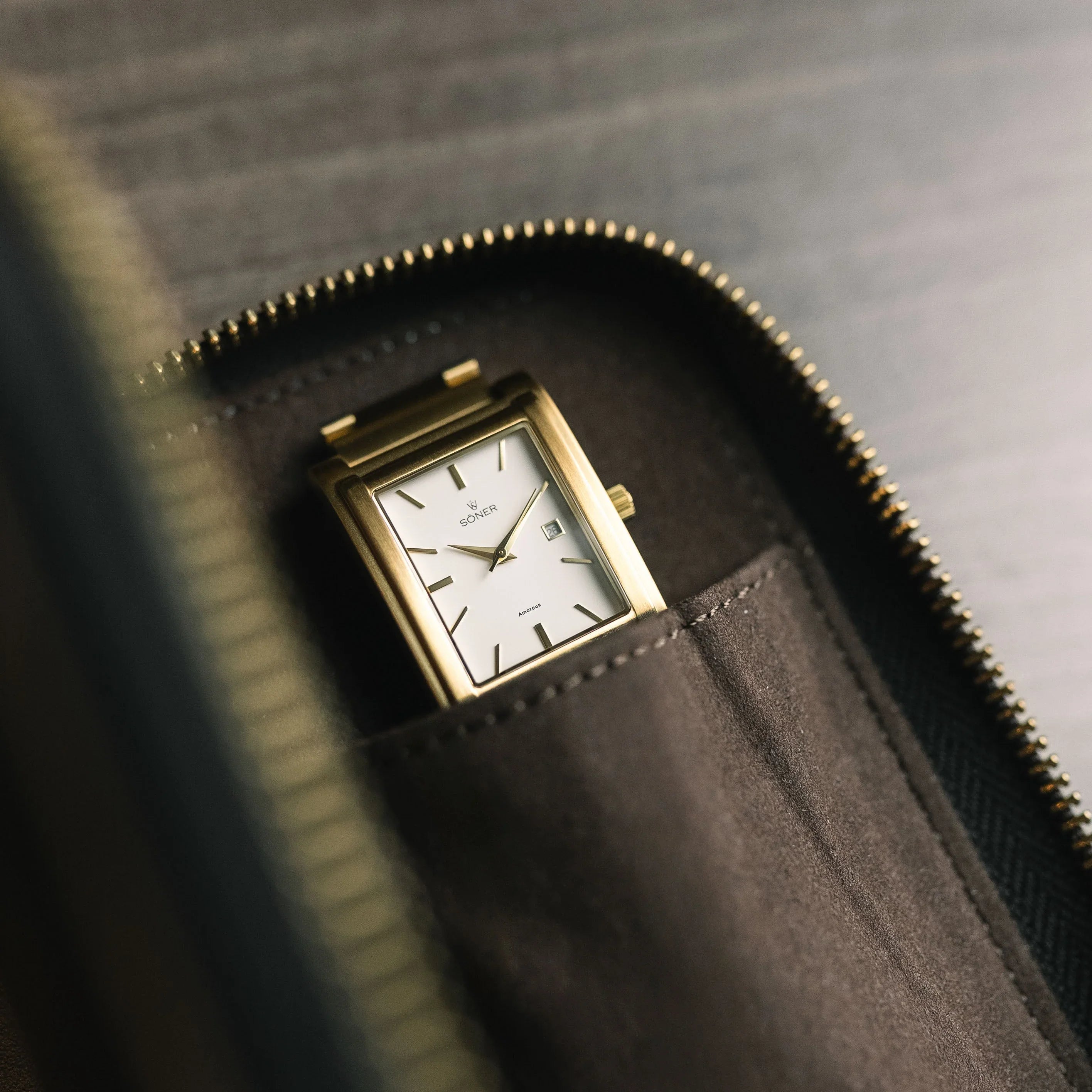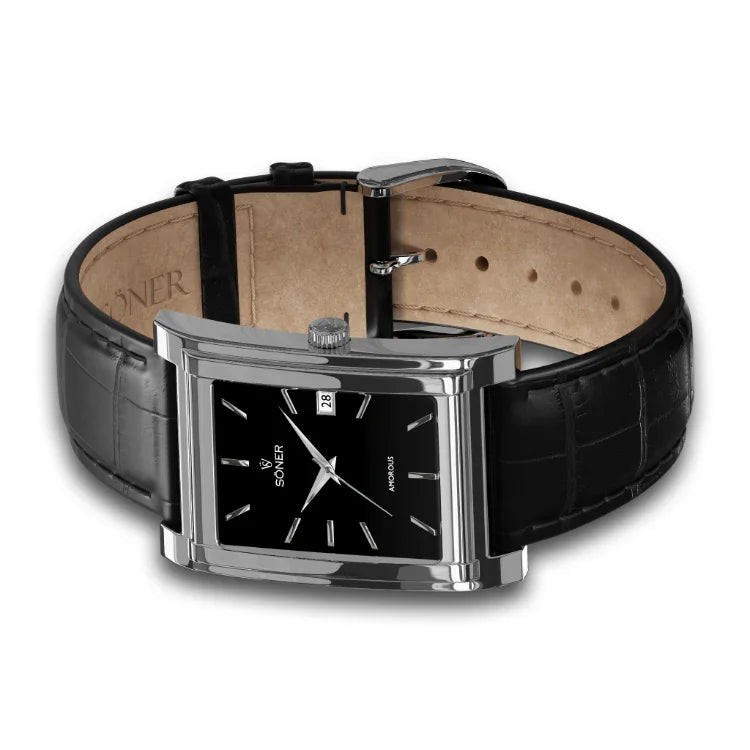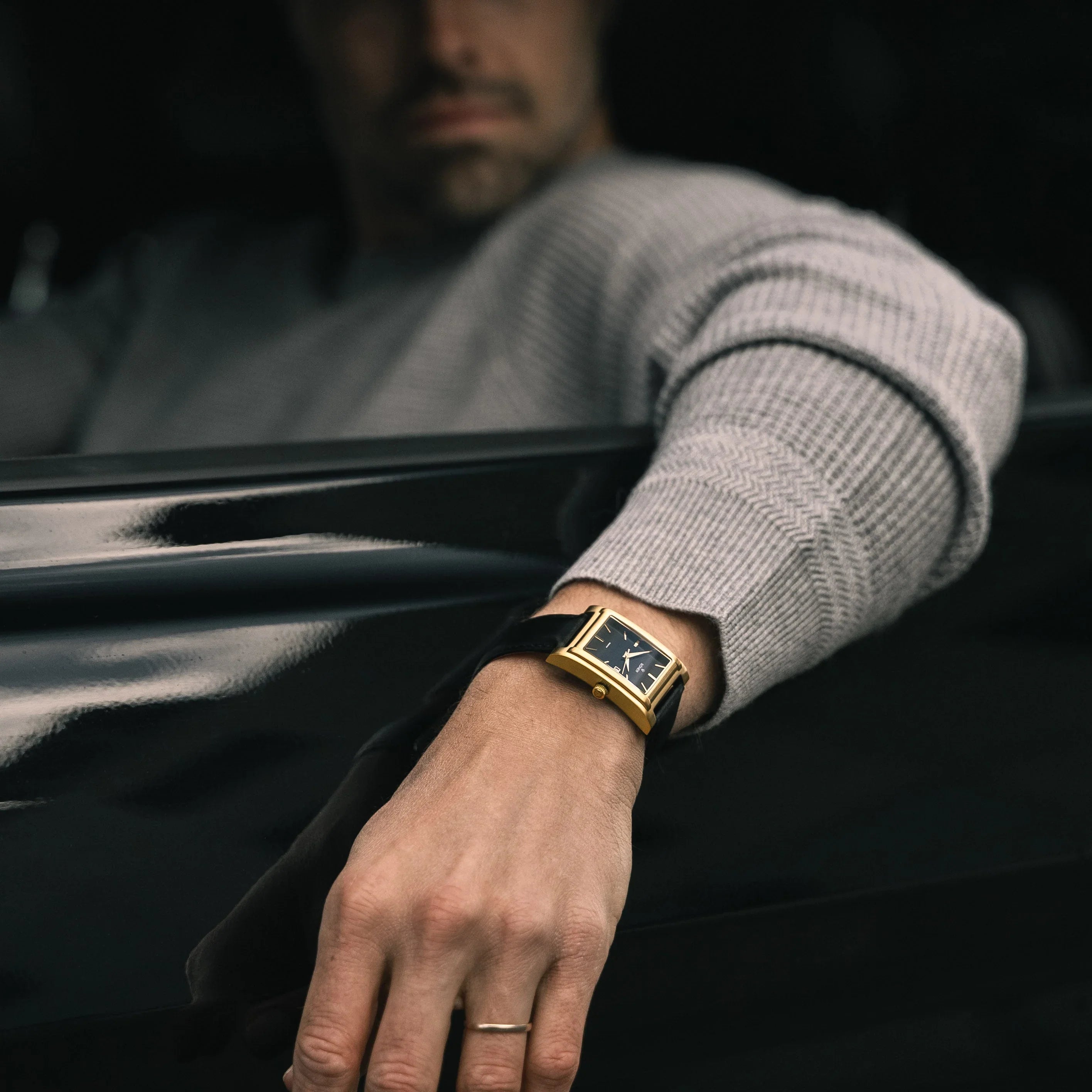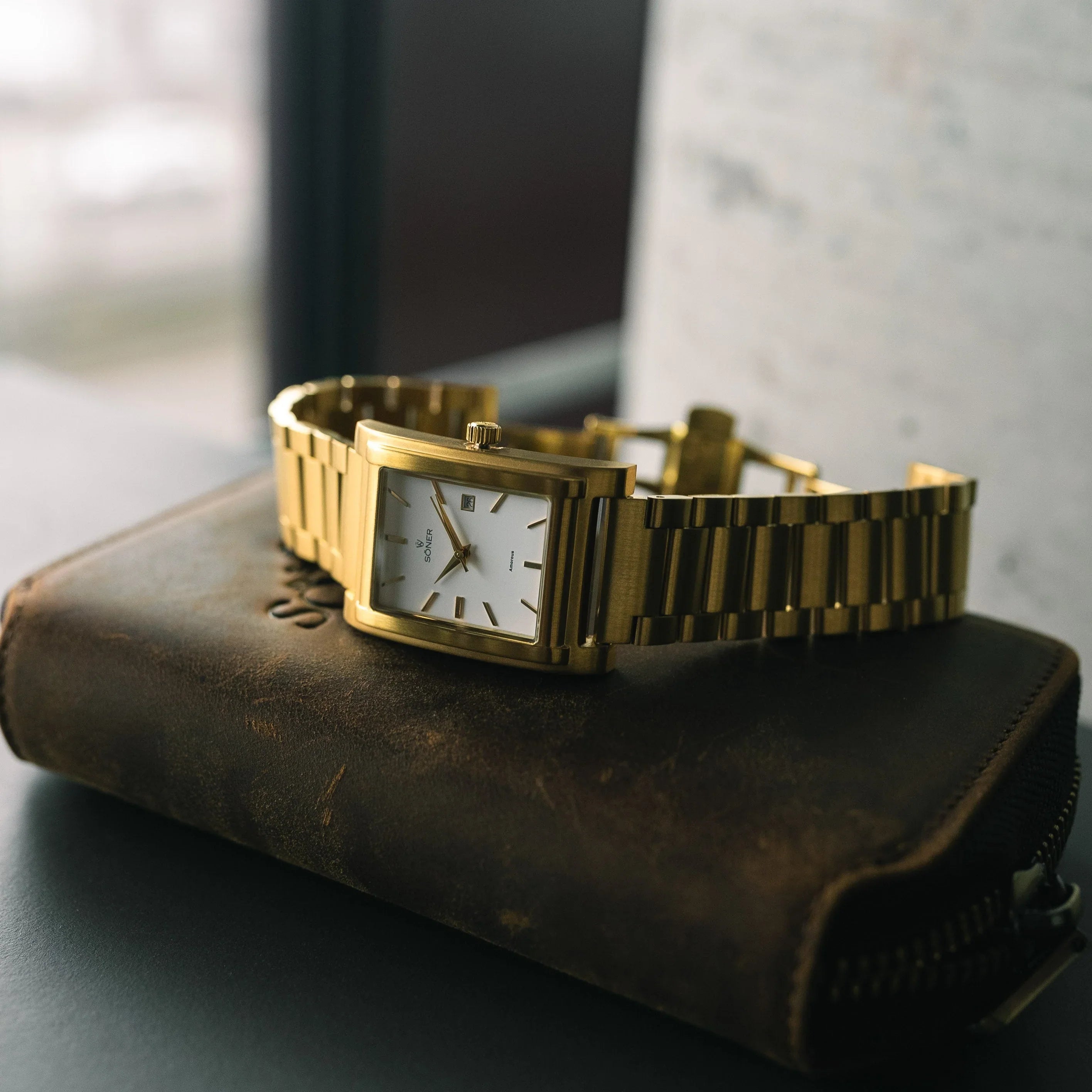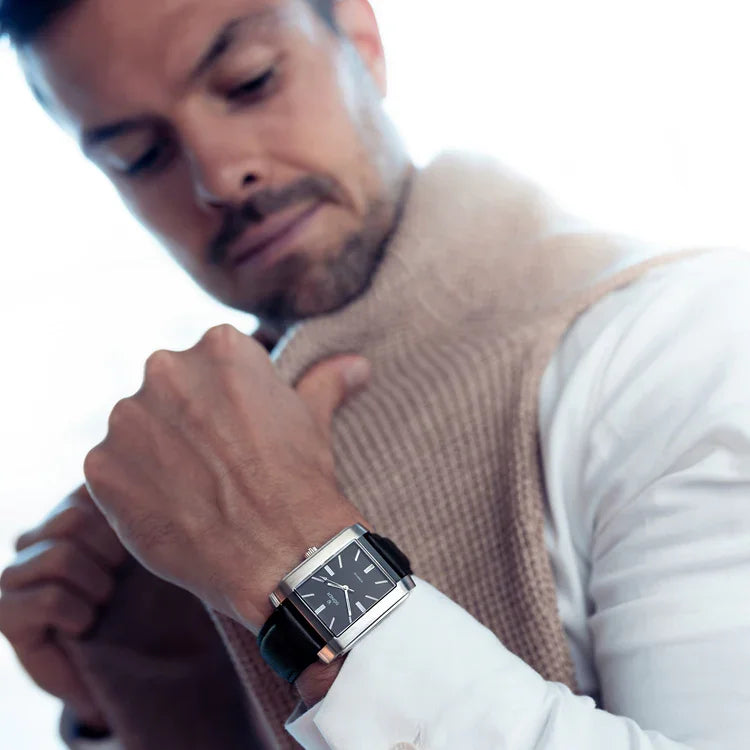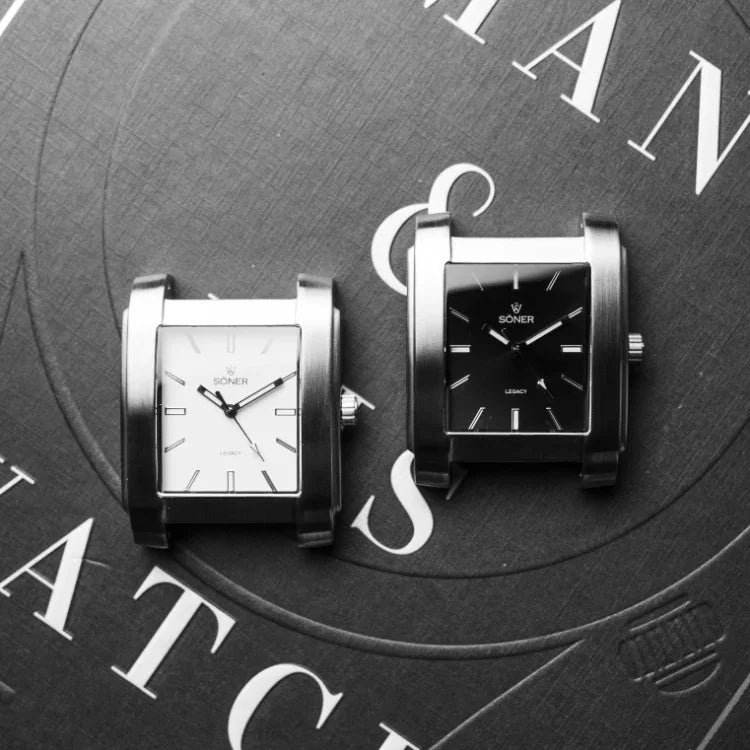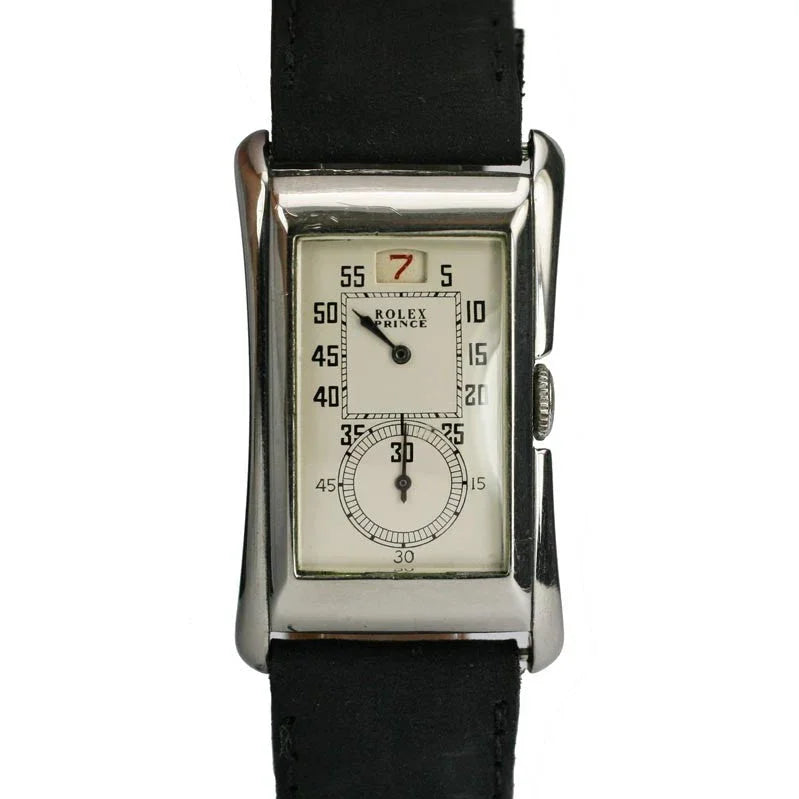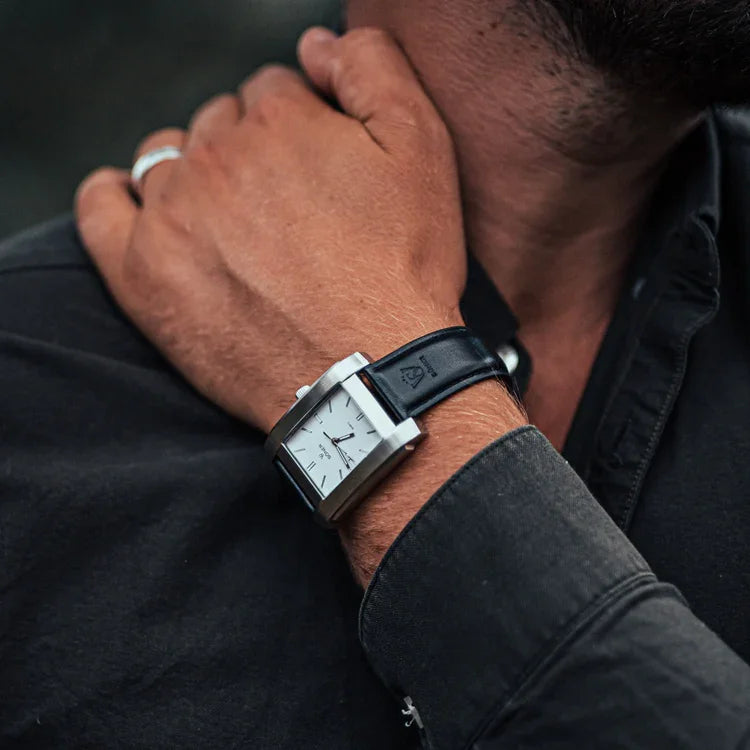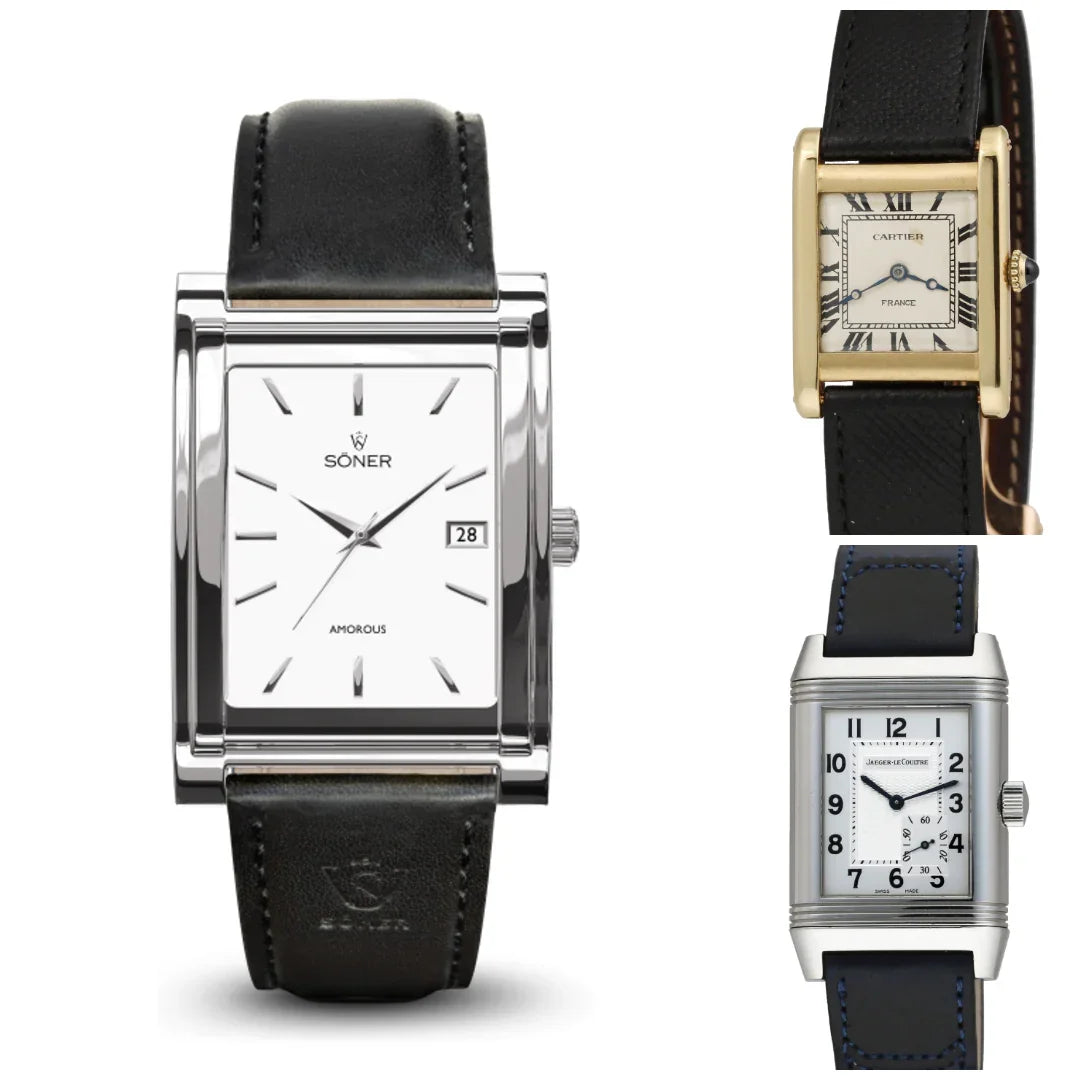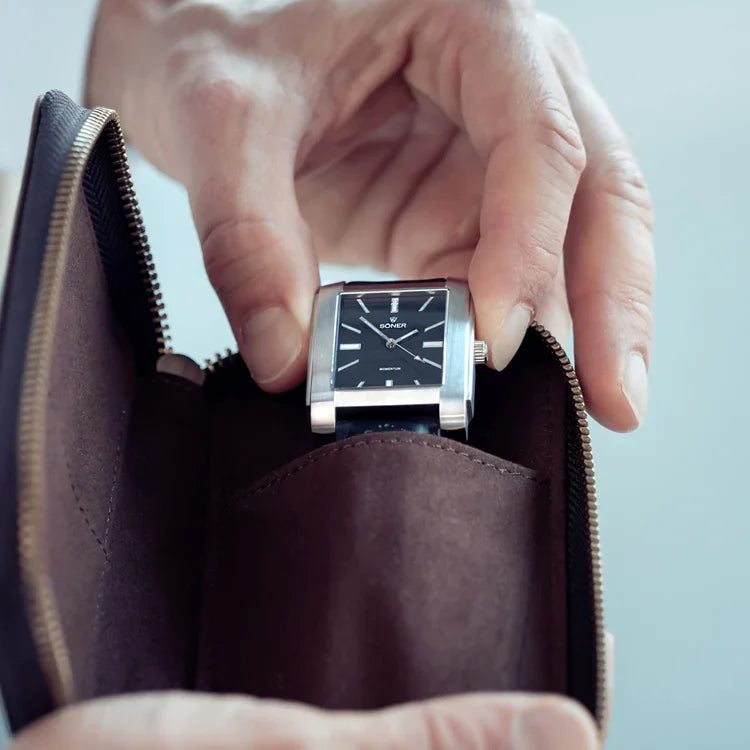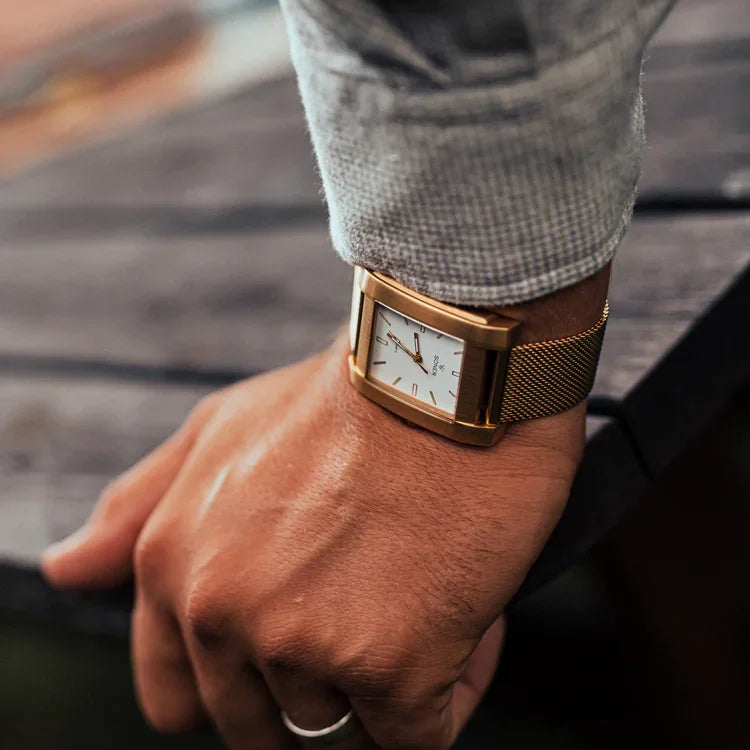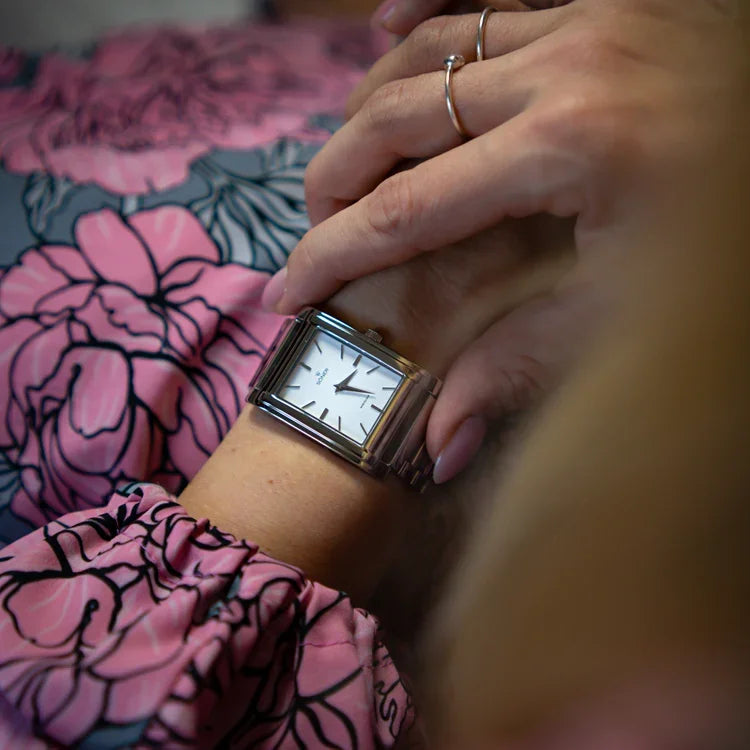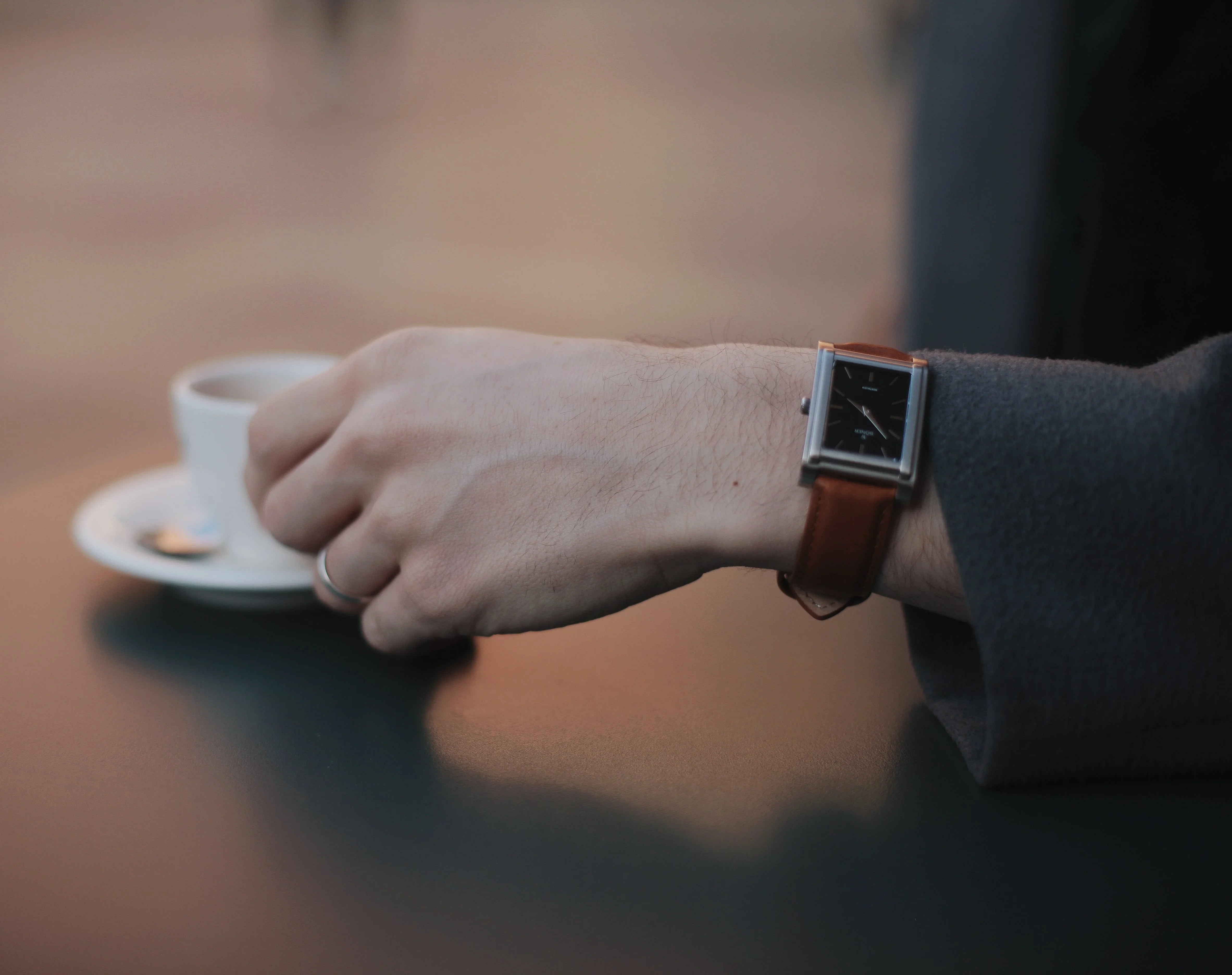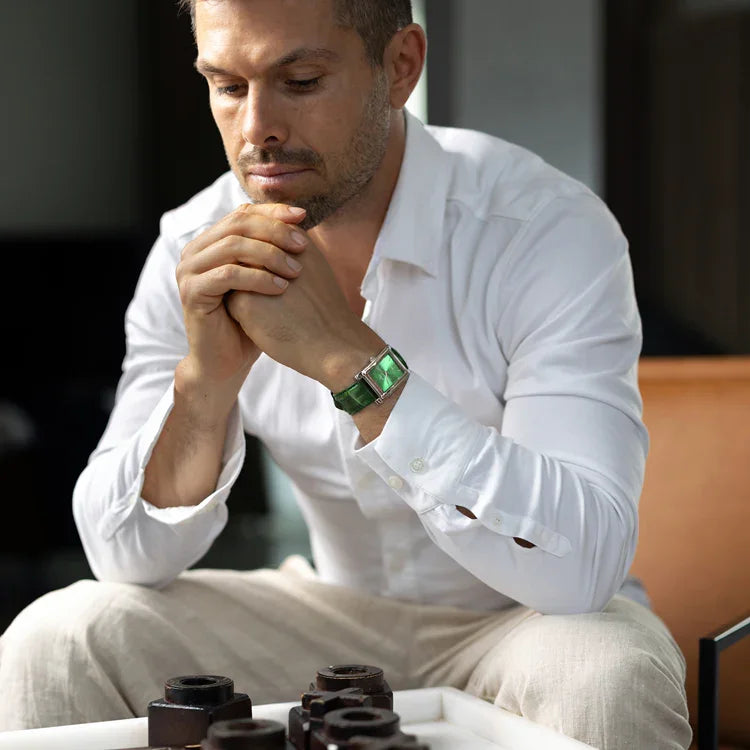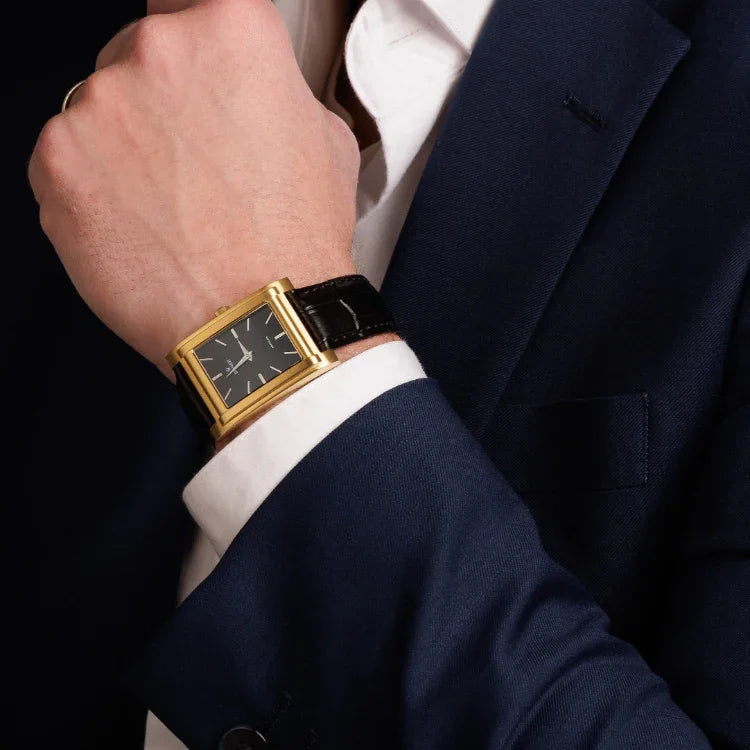Table of Contents
The Intricacies of Mechanical Watches
Mechanical watches have long fascinated watch enthusiasts with their intricate designs and mesmerizing movements. In this article, we will delve into the inner workings of these timepieces, exploring the intricate components that make them tick. From the fundamental principles of watch mechanics to the advanced features and handcrafted details that set mechanical watches apart, we will uncover the secrets of this timeless art.
The Fundamentals of Watch Mechanics
At the heart of every mechanical watch lies a delicate system of gears, springs, and wheels that work in perfect harmony to keep time ticking away. Understanding the basics of watch mechanics is crucial to truly appreciate the complexity of these timepieces.

One of the key components of a mechanical watch is the mainspring. This coiled spring stores energy when wound and releases it slowly to power the watch movement. As the mainspring unwinds, the energy is transferred to a series of gears, which in turn drive the watch hands.
In addition to the mainspring, mechanical watches feature an escapement mechanism that regulates the release of energy. The escapement consists of a balance wheel and an escapement wheel, which together control the movement of the watch. The balance wheel oscillates back and forth, while the escapement wheel turns in precise increments, allowing the hands to move forward.
Understanding the Inner Workings of a Mechanical Watch
Now that we have a grasp of the fundamental principles, let's take a closer look at the intricate components that make up a mechanical watch.
The escapement wheel, mentioned earlier, is just one part of a complex network of gears that form the gear train. This train transmits the energy from the mainspring to the hands, ensuring smooth and accurate timekeeping. Each gear is carefully crafted and precisely sized to ensure optimal performance.
Another critical part of a mechanical watch is the balance wheel, which oscillates at a consistent frequency, typically several times per second. To maintain accuracy, the balance wheel is equipped with an hairspring that controls its movements. Adjusting the length or tension of the hairspring allows watchmakers to fine-tune the timekeeping.
Now, let's delve into the fascinating world of watch complications. These are additional features and functions that go beyond the basic timekeeping of a mechanical watch. Complications can range from simple date displays to highly intricate mechanisms like perpetual calendars and tourbillons.
A perpetual calendar complication, for example, automatically adjusts the date, day, month, and even leap years, taking into account the varying lengths of different months. This intricate mechanism requires a series of gears and levers to accurately track the passage of time and display the correct information.
Another fascinating complication is the tourbillon. Originally invented to counter the effects of gravity on pocket watches, the tourbillon is a mesmerizing mechanism that continuously rotates the escapement and balance wheel. This constant movement helps to improve accuracy by averaging out any positional errors caused by gravity.

As you can see, the world of watch mechanics is a captivating one. From the intricate gears and springs to the mesmerizing complications, each component plays a crucial role in the precise and reliable timekeeping of a mechanical watch. So, the next time you look at a mechanical timepiece, take a moment to appreciate the incredible craftsmanship and engineering that goes into creating these miniature marvels.
Beyond the Basics: Advanced Features of Mechanical Watches
While the fundamental components of a mechanical watch provide the foundation for accurate timekeeping, there are additional features that can enhance its functionality and charm.

Complications: Adding Functionality to Your Timepiece
A complication refers to any additional feature or function beyond the basic timekeeping mechanism. Examples of complications include chronographs, moon phase indicators, and perpetual calendars. These additional functions not only add practicality to the timepiece but also showcase the ingenuity and craftsmanship of the watchmaker.
Chronographs, for instance, allow the wearer to measure time intervals accurately, making them ideal for sports enthusiasts and professionals alike. Whether timing laps on a racetrack or tracking the duration of a business meeting, a chronograph adds a level of precision and functionality to a mechanical watch that is unmatched by its quartz counterparts.
Moon phase indicators, on the other hand, provide an elegant display of the moon's current phase, adding a touch of celestial beauty to the watch face. Imagine glancing at your watch and seeing a miniature moon gracefully waxing and waning, a reminder of the ever-changing nature of the cosmos.
Perpetual calendars, perhaps one of the most remarkable complications, automatically adjust to the correct date, taking into account leap years and variable month lengths. These intricate mechanisms require precise engineering and craftsmanship, making them highly sought after by watch connoisseurs. With a perpetual calendar watch, you can rest assured that your timepiece will always display the correct date, no matter the month or year.
The Art of Watchmaking: Handcrafted Details That Set Mechanical Watches Apart
What truly sets mechanical watches apart from their quartz counterparts is the meticulous craftsmanship and attention to detail invested in their creation.
From intricately engraved dials to hand-polished movements, every aspect of a mechanical watch is meticulously crafted by skilled artisans. The dial, often considered the face of the watch, can feature exquisite patterns and designs that showcase the watchmaker's creativity and artistic vision. These handcrafted details transform the watch into a wearable work of art.
Furthermore, mechanical watches often feature transparent case backs, showcasing the movement's inner workings. This allows wearers to admire the intricate gears and wheels as they come to life with every passing second. The mesmerizing dance of the escapement, the delicate balance of the balance wheel, and the rhythmic motion of the mainspring can all be observed, providing a glimpse into the complex world of horology.
As we delve deeper into the world of mechanical watches, we uncover a realm of innovation, craftsmanship, and artistry. From the fundamental principles of watch mechanics to the advanced features and handcrafted details, mechanical watches are true masterpieces that combine engineering, craftsmanship, and artistry in one mesmerizing package. They are not just timekeeping devices; they are expressions of human ingenuity and a testament to the enduring allure of mechanical timepieces.


